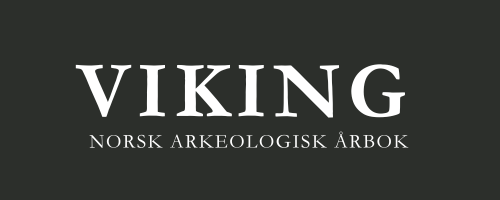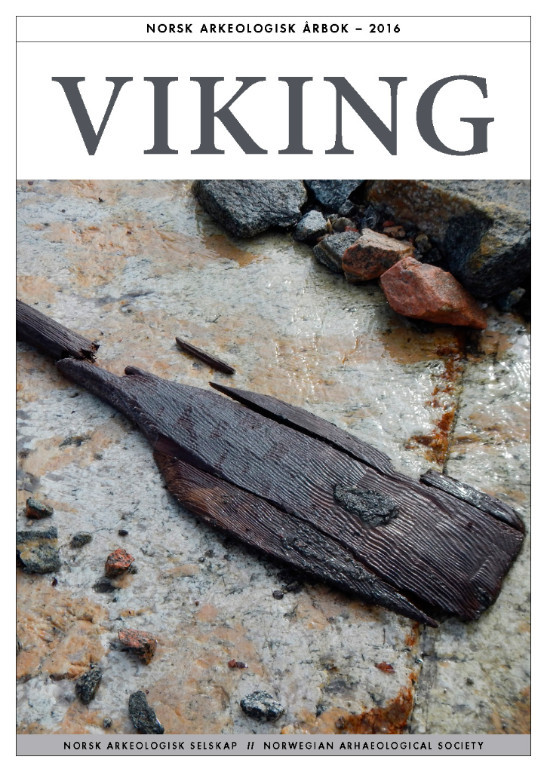Fisk, faste og gamle gåter i Bergenhus og Steinvikholm
DOI:
https://doi.org/10.5617/viking.3908Sammendrag
Fish, Lent and old Riddles in Medieval Castles
An enigmatic structural feature may be noted in several medieval castles. To date, a satisfactory interpretation as to purpose has been lacking. The feature is a construction reminiscent of wells, and its use seems to be related to the holding of water – yet they fail to fully satisfy an interpretation of being wells or cisterns. By viewing the constructions within the wider context of medieval society, a more convincing interpretation is evident. In medieval society, and also for a few decades after the Lutheran reformation of 1537, there was great demand for fish during Lent, and this led the Church to organize the breeding of fish. Fresh fish, particularly from fresh water, was also a high status food, expected to be served to high status individuals. At times of siege, it was difficult to catch fish without putting people at risk, and the castle was built to protect lives. The structures located in the kitchen areas at Steinvikholm and Bergenhus are interpreted as fish tanks, intended to keep fish alive and fresh. A construction with a similar inferred function is also to be seen in the Archbishop’s palace, dated to the middle of the 16th century.
Nedlastinger
Publisert
Utgave
Seksjon
Lisens
Fra og med årgang 2016 er innhold i tidsskriftet Viking - dersom ikke annet er uttrykt - lisensiert gjennom Creative Commons Lisens BY-NC-ND-4.0. Dette betyr at innhold kan kopieres, distribueres og spres i hvilket som helst medium eller format, så lenge disse vilkårene er fulgt.



